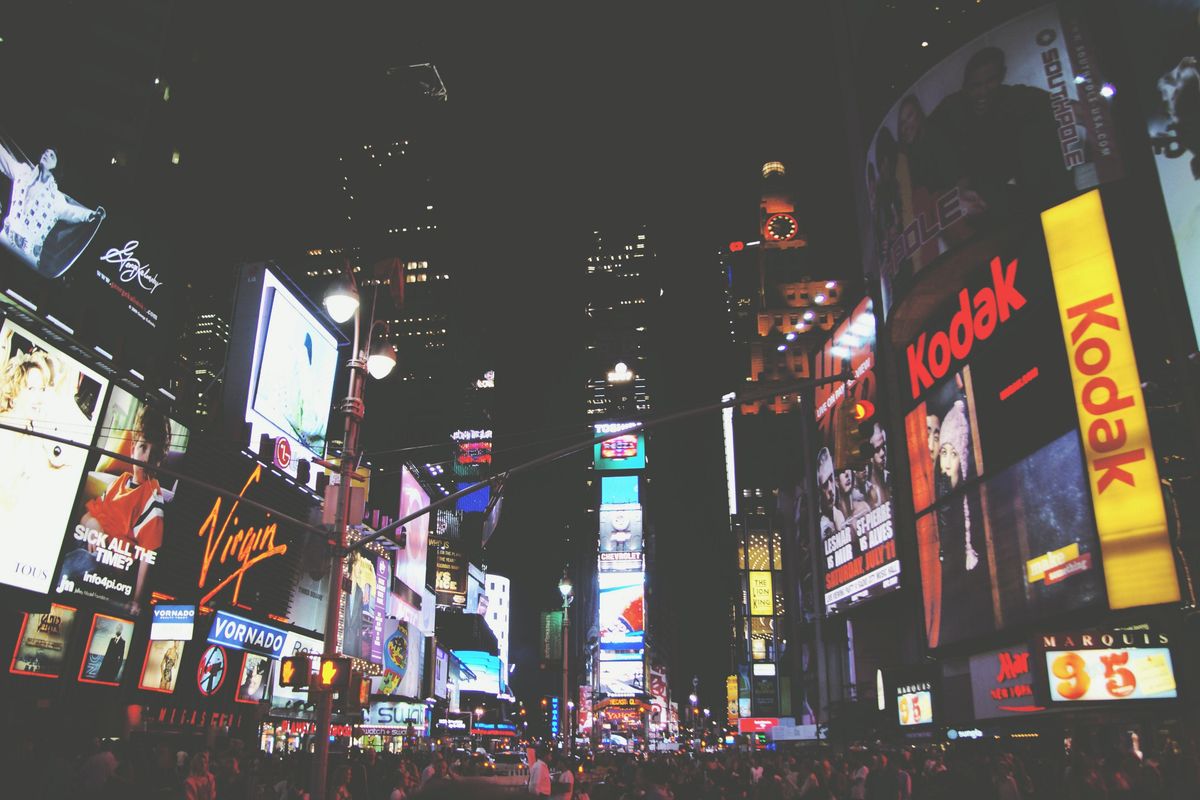How a marketing guru from 1950 instilled a fear of 'mind control' that still exists today
Are companies trying to brainwash us?

Ads, ads, ads, ads.
You might not know the name James Vicary, but odds are you know about his experiment, at least indirectly.
In 1957, the market researcher claimed to have exposed thousands of unsuspecting moviegoers in a New Jersey theater to a series of phrases like “Hungry? Eat Popcorn” and “Drink Coca-Cola” that flashed across the screen in the fraction of a second as they watched a film. These images allegedly increased the sale of popcorn by 57.5% and Coca-Cola by 18.1%, despite passing far too quickly for viewers to consciously notice them.
Vicary’s findings soon became publicized and induced a widespread, decades-long dystopian fear that secret messages lurked beneath the surfaces of our favorite songs, movies and TV shows, insidiously coercing us to do things without conscious consent. Primarily, to buy things we probably don’t actually want.
In an age where we are now inundated with ads, this kind of manipulation understandably feels quite plausible. Especially when you take into consideration those highly sus product promotions that always seem to appear right after having an adjacent conversation about said product. I cannot tell you the amount of times I have suddenly seen ads for washing machines after telling a friend it was “laundry day.”
However, while there is a deeper meaning hiding beneath Vicary’s experiment, it might not be nearly as doomsday-centric as people may think.
In 1962, Vicary revealed that his findings were falsified as a gimmick, having next-to-no supporting evidence. Subsequent researchers would find that, at best, subliminal messaging was effective with already well-known and at least somewhat popular products, and in very strict laboratory conditions. If anything, the discovery of hidden messages were more closely linked to confirmation bias than an uncovered agenda.
But still, the damage had been done, and panic over mental autonomy ensued.
This fear remains so prevalent today that a study published in 2021 revealed that people shared a “remarkable agreement” that their minds are being actively manipulated by supermarkets, car dealerships, political campaigns, scientists and researchers, therapists, and social media, all outside of their conscious awareness or control.
That said, the topic is not so black and white. Even if companies aren’t sneaking little “eat me, drink me” captions into our newsfeeds, there are a million clever tactics used to get our attention and make us become emotionally invested in their products.
And sure, maybe Coca-Cola isn’t performing Jedi mind tricks on our psyche, but it would be naive to disregard the power that social media holds in terms of its influence. Take a look at how many more young girls today with unbridled access to Instagram report feelings of low body image and depression, if there’s any doubt. Or at how many more conspiracy theorists there are. The way we think might not be controlled by outside forces, but it is certainly impacted by them, especially if we don’t practice awareness and literacy.
Even if Vicary’s experiment was a hoax, it has illuminated some kernels of truth that remain important, especially as the need to weed out potential misinformation becomes more of a daily necessity. Whether evil corporations want to steal our souls, or we simply want to not live in fear, discernment is key.
- 20 years after its debut, Christina Aguilera's 'Beautiful' music video gets a 2022 update ›
- 8 hit songs with hidden meanings that should never be played again ›
- The Subliminal Message In So Many Animated Kids’ Movies And Shows Isn’t About Violence ›
- Teacher's simple and disgusting experiment drives home the importance of hand washing - Upworthy ›
- They kept their late mom's special Coke bottle in the fridge for years. Then a friend drank it. - Upworthy ›

